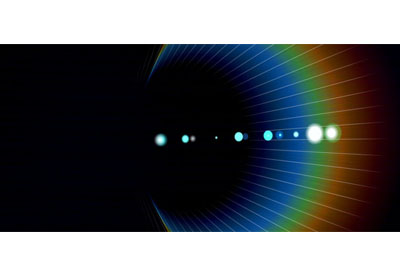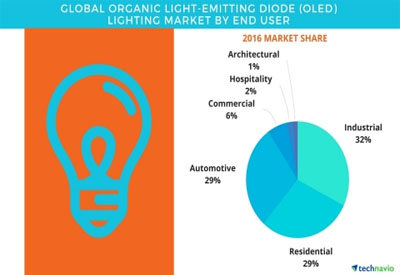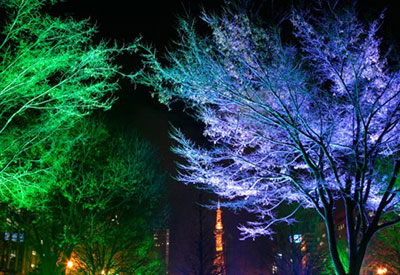Why Is Color Rendering Index Important to LED Lighting?

Aug 3, 2017
By at least one or two measures, any analysis of the color rendering index (CRI) of an LED light source will be incomplete. A commonly-accepted general definition of color rendering index is that it is the “measure of the quality of color light, devised by the International Commission on Illumination (CIE)”. CRI is intended to be an objective index, measured on a scale from 0 to 100, that compares a light source to the light emitted by a source emitting perfect blackbody radiation, i.e. the sun and natural sunlight. Natural sunlight has a CRI of 100. The most commonly-used LED light sources have CRI’s in a range of 80 to 90.
The color rendering index of an LED light source will indicate how closely that source will replicate bright, natural sunlight, and accordingly how well that source will illuminate objects to show the true colors of those objects to an observer. Yet comparing only the color rendering indices of two artificial light sources will not provide a complete picture of the quality of the light. That comparison also requires knowing the color temperature of the light source. A light source’s color temperature is measured on a scale of degrees Kelvin. COlor temperature measurements can be confusing as light that is perceived to be colder will have higher color temperature measurements, typically in a range of 5000 to 6000 degrees Kelvin, whereas light that is perceived to be warmer will have a lower temperature, generally around 2700 degrees Kelvin.
The color rendering indices of two light sources are best compared against each other if those sources have the same color temperature. Light sources with lower color temperatures, for example, will not have significant quantities of light in the cooler, blue spectrum of visible light. As a result, any blue tones in an object that is illuminated with that light will be overshadowed by the object’s yellow and orange hues that are in the warmer spectrum of visible light, regardless of the overall color rendering index of that light.
An LED light source’s color rendering index therefore is not necessarily a measure of how well the source brings out all color in an object. Rather, it tells an observer how well that source will show fine details in an object. If detail is important in a lighting application (for example, in commercial warehouse operations or shipping yards, where workers need to see markings on shipping containers, and where good overall lighting fosters a safer working environment), then an LED light source with a high color rendering index (e.g. something above a 90 CRI) will be the better option. If distinguishing colors is a more critical part of the application, then color rendering index and color temperature should both be considered. In any case, the best option will be to use color rendering index and color temperature ratings to narrow down any LED lighting choices, and then to actually test the light source in the environment in which it will be used.
Source : https://www.specgradeled.com/color-rendering-index-important-led-lighting/












